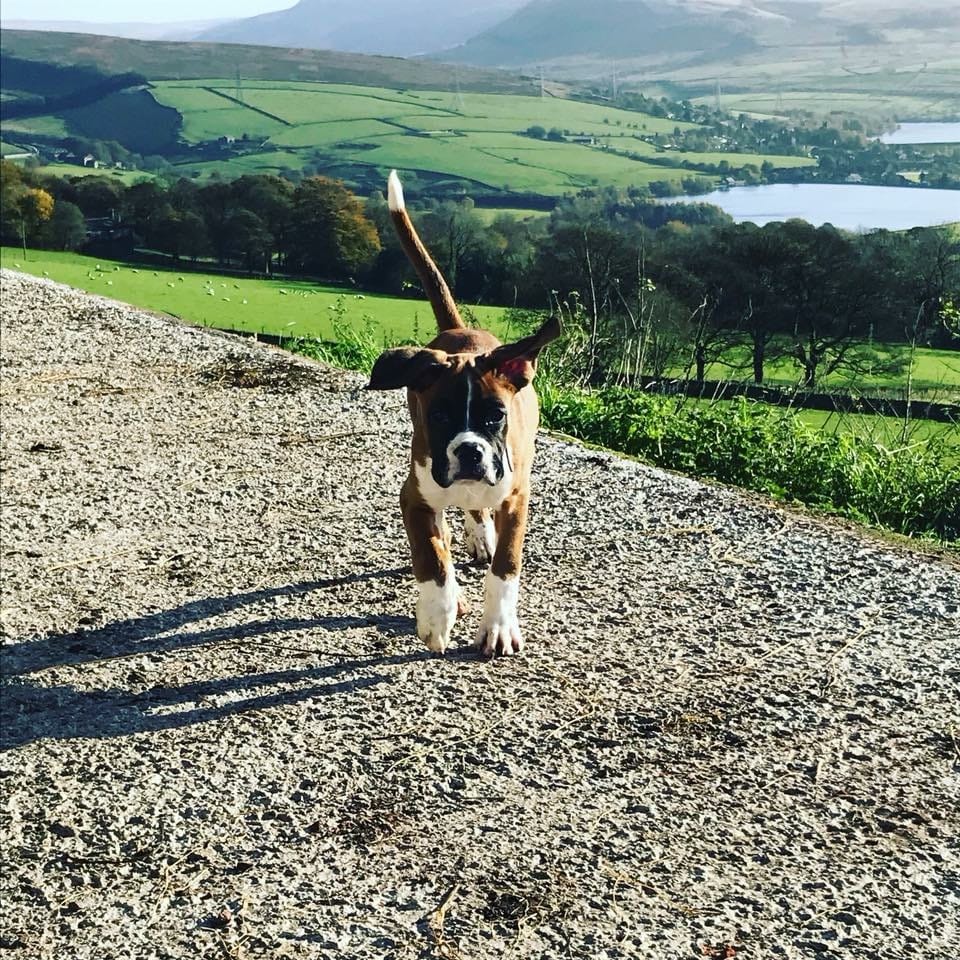It’s sad but it’s true, that lots of dogs and cats go missing or are stolen each year. Microchipping helps animals be reunited with their owner as local council dog wardens and vets will scan stray pets, showing their personal microchip number and owner’s details registered on the database can then be found.
It’s now the law that every adult dog must be microchipped, and puppies from eight weeks old. Unlike dogs, there’s no law for cats, but we highly recommend having your cat or kitten microchipped for peace of mind – after all, they spend a lot of their time outside so it’s a brilliant tool to locate a lost pet.
The best part about a microchip is that your pet is covered for life. The only thing you need to ensure you’re doing is updating your information, should you move house or change your mobile number. It’s easy to do this by contacting your microchip provider. Make sure you’re not one of thousands of owners never reunited with their pet because of out-of-date details on the database.
We offer a microchipping service for just £20. The BackHome pet identification microchips from Virbac, we use are suitable for the EU Pet Passport scheme. Plus our at-home service takes the fuss out of keeping your pet safe.
When we come to visit you please ask us to check it and record your number on your pet’s file.
How do microchips works?
Each microchip has a unique number and this number is then registered on pettrac with the owners’ contact details. The more details you give us the better, so be sure to record a few numbers if possible.
What are microchips made of?
Virbac BackHome microchips are mini glass chips that are manufactured with the latest technology using medical grade bio-glass.
Each microchip is laser sealed and checked. Microchips are usually placed under the skin between the shoulder blades, however occasionally microchips can migrate to another part of the body. Virbac’s Backhome microchips are coated with parylene to prevent this migration.

